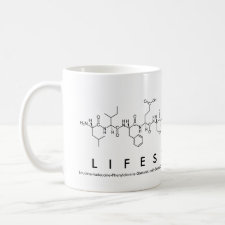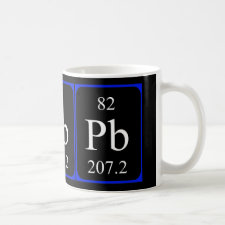
Authors: Liu MX, Sun Y, Na SB, Yan F
Article Title: Selective adsorption of lead(II) from aqueous solution by ion-imprinted PEI-functionalized silica sorbent: studies on equilibrium isotherm, kinetics, and thermodynamics.
Publication date: 2016
Journal: Desalination and Water Treatment
Volume: 57
Issue: (7)
Page numbers: 3270-3282.
DOI: 10.1080/19443994.2014.984342
Abstract: A new ion-imprinted poly(ethyleneimine)(PEI)-functionalized silica sorbents were synthesized by a hydrothermal-assisted surface grafting technique with Pb(II) as the template, PEI as the functional molecular, and epichlorohydrin as the cross-linking agent for the selective adsorption of Pb(II) from aqueous solution, and was characterized by FTIR, SEM, TGA-DTA, nitrogen adsorption, and the static batch experiment. Static adsorption experiment results showed that Pb(II)-imprinted PEI-functionalized silica sorbents had high static adsorption capacity of 60.4 mg g-1, reached an equilibrium state within 20-ámin, displayed stable adsorption ability for Pb(II) ions in the range of pH 4-8, had satisfactory selectivity toward Pb(II) and could be used repeatedly. Compared with Freundlich and Dubinin-Radushkevich isotherms, equilibrium data fitted to Langmuir adsorption model. The kinetic process of adsorption followed a pseudo-second-order model compared to pseudo-first-order, Elovich and intraparticle diffusion models. Negative values of Δ G° indicated spontaneous adsorption and the degree of spontaneity of the reaction increased with increasing temperature. Positive values of Δ H° showed that the adsorption process was endothermic in the experimental temperature range. The results indicated that Pb(II)-imprinted PEI-functionalized silica sorbents could be employed as an effective material for the selective adsorption of Pb(II) ions from aqueous solutions
Template and target information: lead ion, Pb(II)
Author keywords: Pb(II), Poly(ethyleneimine), Ion-imprinted polymer, Hydrothermal-assisted, adsorption



Join the Society for Molecular Imprinting

New items RSS feed
Sign-up for e-mail updates:
Choose between receiving an occasional newsletter or more frequent e-mail alerts.
Click here to go to the sign-up page.
Is your name elemental or peptidic? Enter your name and find out by clicking either of the buttons below!
Other products you may like:
 MIPdatabase
MIPdatabase









